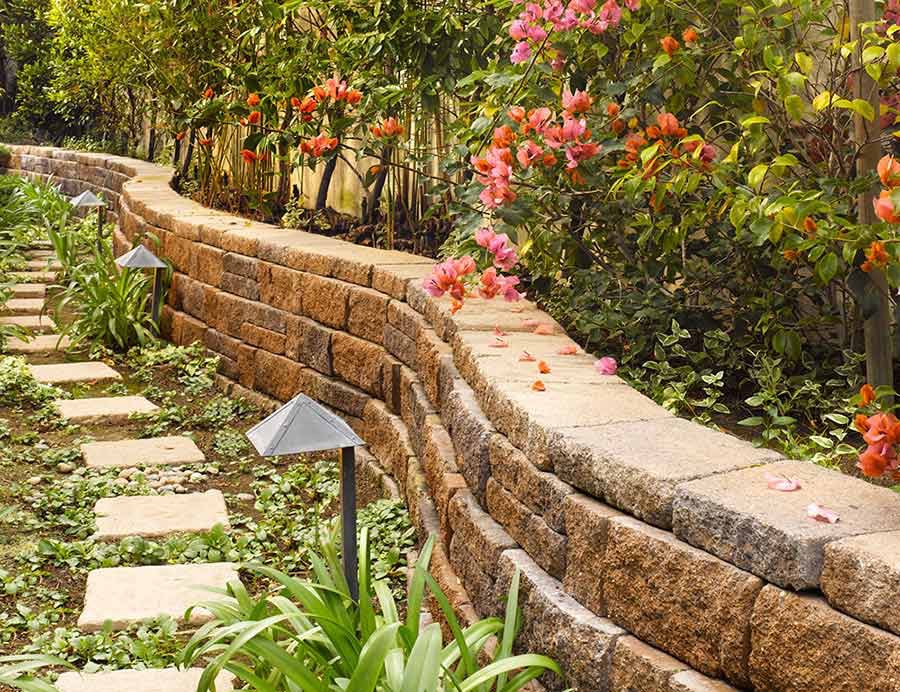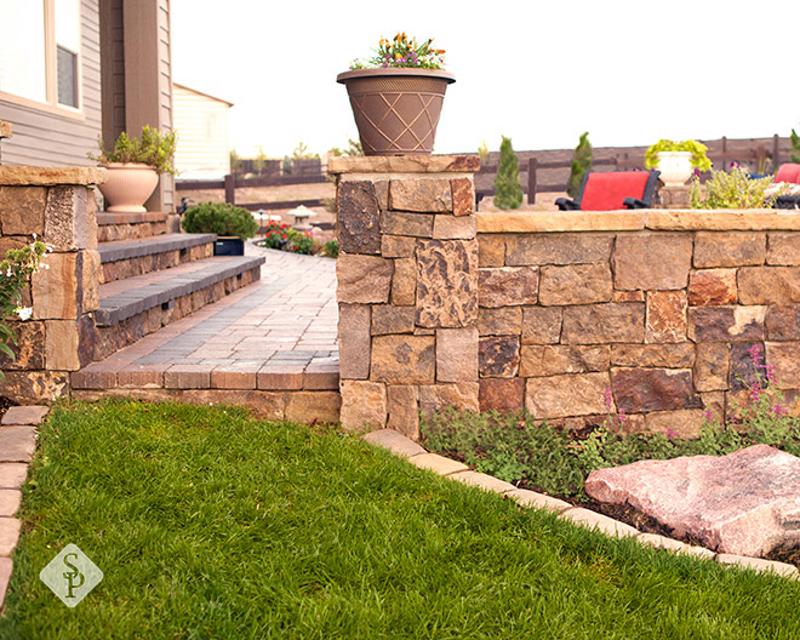
Freestanding Or Retaining Wall, Which Do You Need?
Published Date: Nov 22, 2016
When contemplating making some changes in your yard, you may consider adding a wall. But what kind of wall do you need? Retaining and standing are your options, and both serve different purposes. Read on to learn the benefits of each and how to tell which you'll need. Retaining walls When you need a wall for structural purposes, this is the kind. Retaining walls use footing to hold back soil and keep the wall standing. You may need a retaining wall if your home is on a hill and you want to extend your yard. This would require digging up the hillside, leveling out the area and installing footing to hold the wall in place. Then, draining must be considered behind the retaining wall because water could build up adding unnecessary weight.
Another instance when a retaining wall would be appropriate is if you want to separate a planter area or raised landscaping in your yard. This would make it easier to keep soil in the garden plot so you can use it it for planting purposes and not worry about it washing onto the grass or disintegrating. Adding short retaining walls also provides depth to your yard, making the addition of attractive plants or even water features extra special.

Homeowners must obtain permits before building retaining walls, so keep this in mind so you can approach your building timeline appropriately.
Freestanding walls Do you have a large backyard that you'd like to divide into different areas? If the ground is mostly flat, freestanding walls may be the answer you're looking for. These beautiful stone options simply break up a space. They provide visual interest to improve the aesthetics of a space. You can then add potted plants to further liven up the area. Because of their structure and short stature, freestanding walls do not require large footings or additional drainage. You can build freestanding walls without a permit so long as they are under 3 feet tall. Any higher and homeowners have to speak with the city to obtain proper building permits. Freestanding walls can also serve as seats, perfect for spectators of backyard bocce ball tournaments or visitors enjoying tea at garden parties.

Walls can be a great addition to the edge of a patio.
If you have a custom patio, consider bordering it with freestanding walls. This promotes the continuation of the indoor-outdoor feel as you walk from your house through the sliding glass door and onto the patio. Plus, you can then decorate with appropriate landscaping on the outer edges of the wall, even adding edibles like veggies and herbs to use while grilling. Add lighting to the walls to illuminate the space from the ground up, promoting safe walking and adding ambiance.
If you're still not sure whether you need a standing or retaining wall, don't hesitate to call System Pavers. Our expert team will provide you with a free design consultation where you can discuss everything from walls to pavers, patios and pergolas.









